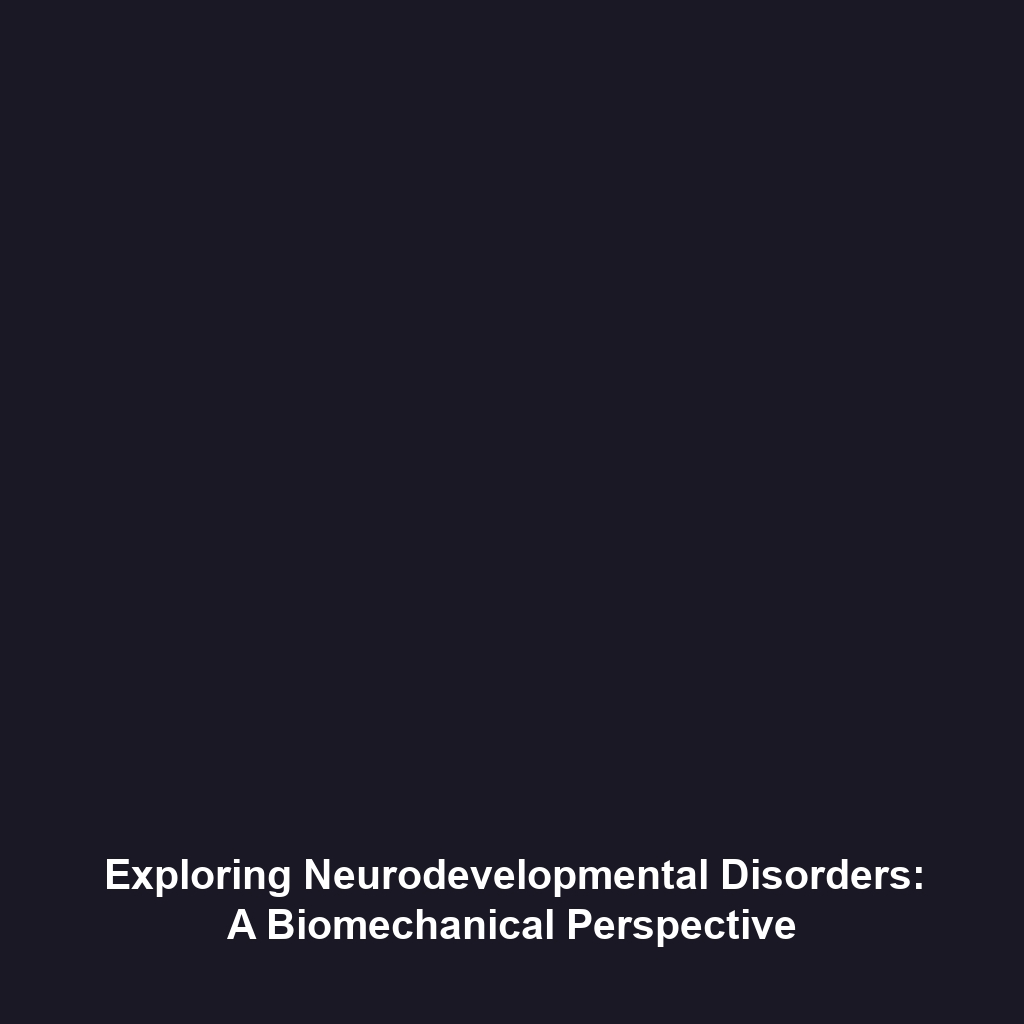Locomotion and Balance: The Difficulty of Human-like Walking in Humanoid Robots
Introduction
Locomotion and balance represent crucial aspects of robotics, especially in the development of humanoid robots that can mimic human-like walking. This intricate process encompasses a range of biological and mechanical considerations, making it imperative for advancements in robotic technology. Understanding the mechanisms behind human-like walking not only enhances the functionality of humanoid robots but also contributes to creating more interactive and capable machines, thereby broadening their applications across various fields.
Key Concepts
Understanding Locomotion
Locomotion refers to the ability of an entity to move from one place to another. In humanoid robots, achieving effective locomotion requires complex programming and mechanical design. Key elements include:
- Gait Patterns: The distinct patterns of movement that humanoid robots must replicate to walk similarly to humans.
- Joint Coordination: The ability to coordinate various joints and limbs for a balanced and stable walk.
- Sensor Integration: Utilizing sensors to maintain equilibrium and navigate varying terrains effectively.
Balancing Mechanisms
Maintaining balance is essential for locomotion. In humanoid robots, balance is achieved through:
- Dynamic Stability: This concept involves maintaining stability while in motion. Robots must continuously adjust their positioning to prevent falling.
- Feedback Systems: Robots use real-time data from sensors to adapt to changes in their environment and body position.
Applications and Real-World Uses
Locomotion and balance are vital for numerous applications of humanoid robots. Significant examples include:
- Healthcare Robots: Assisting in patient care by navigating hospital environments.
- Service Robots: Performing customer service tasks in public spaces while maintaining a human-like presence.
- Research and Exploration: Used in challenging terrains for scientific exploration or search-and-rescue missions.
Current Challenges
Despite advancements, several challenges persist in mastering locomotion and balance within humanoid robots:
- Uneven Terrain Navigation: Adapting movements to handle surfaces like stairs or gravel effectively remains a significant hurdle.
- Energy Efficiency: Striking a balance between humanoid-like movement and power consumption is crucial for real-world deployment.
- Sensor Limitations: Current sensors may not provide the comprehensive feedback necessary for perfect balance.
Future Research and Innovations
Future research aims to enhance locomotion and balance in humanoid robots, focusing on several key areas:
- Artificial Intelligence: Integrating AI to improve adaptive learning for complex environments.
- Advanced Materials: Developing lighter, more flexible materials that mimic human muscle dynamics.
- Enhanced Sensor Technologies: Innovating in sensor designs to enable real-time, high-accuracy feedback for balance.
Conclusion
In conclusion, locomotion and balance pose significant challenges but also provide exciting opportunities for the advancement of humanoid robots. As technology evolves, the possibilities for creating robots that closely mimic human walking become increasingly realistic. For more insights, explore our articles on robotics technology and the future of humanoid robots.

